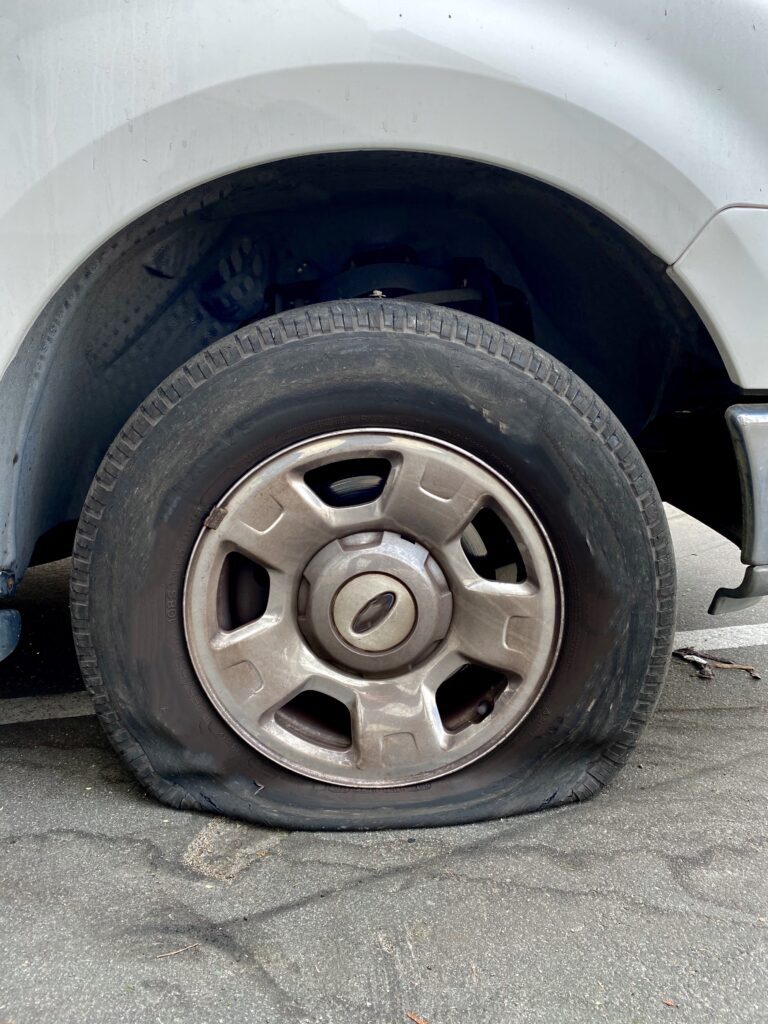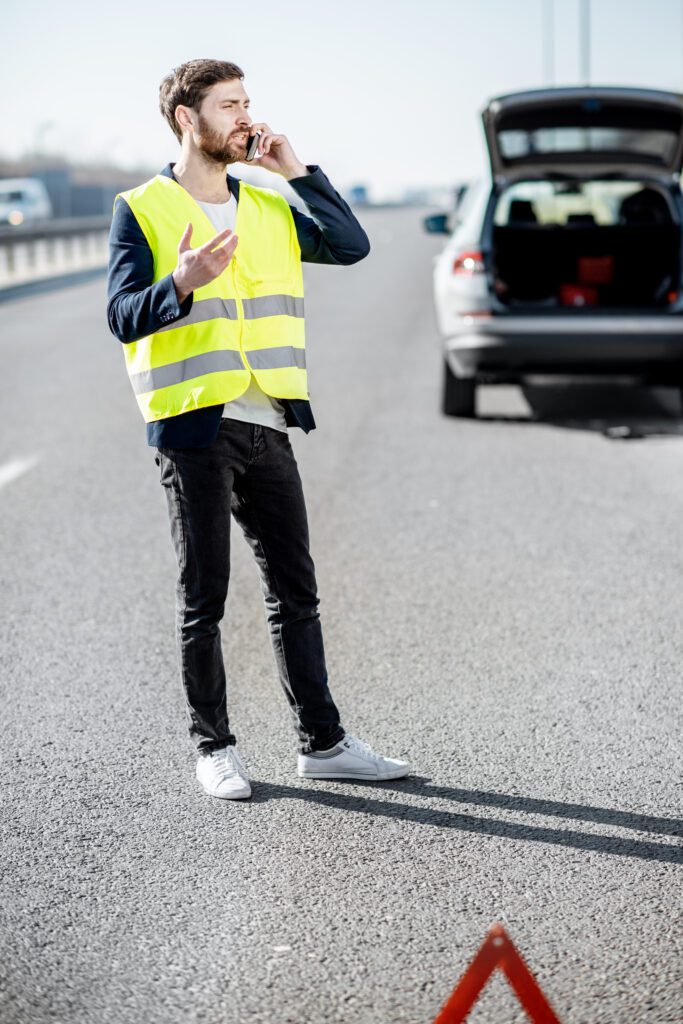Experiencing a tire blowout while driving can be terrifying and dangerous. However, knowing how to handle this sudden occurrence can significantly mitigate risks to yourself and other road users. This guide provides essential tips for safely managing a tire blowout, ensuring you can confidently navigate this challenging situation.
Understanding Tire Blowouts
A tire blowout is a rapid loss of tire pressure that results in the tire becoming unusable. It can happen due to various reasons such as wear and tear, underinflation, or damage from road hazards. Recognizing the signs of a potential blowout and regular tire maintenance are crucial for prevention.

Signs of a Tire Blowout
- Loud popping noise
- Sudden vehicle vibration
- Difficulty in steering
Immediate Steps to Take During a Tire Blowout
The moments immediately following a tire blowout are critical for ensuring your safety and that of other road users. Here, we’ll go through the essential steps you should take to maintain control of your vehicle and safely navigate to a stop.
1. Maintain Your Calm and Keep the Steering Wheel Steady
The first reaction to a blowout might be panic, but it’s vital to stay calm. Grip the steering wheel firmly and keep the vehicle pointed straight. This helps in maintaining control and prevents the vehicle from veering off into other lanes.
2. Do Not Slam on the Brakes
Contrary to instinct, braking hard can further destabilize your vehicle. Instead, gently release the accelerator and let the vehicle slow down gradually. Apply the brakes softly only when the car has significantly reduced speed.
3. Pull Over Safely
Once you’ve regained control and the vehicle has slowed, signal and move to the safest spot possible, ideally a parking lot or a roadside shoulder away from traffic. Turn on your hazard lights to alert other drivers.
After a Blowout: Ensuring Safety and Getting Help
After experiencing a tire blowout, ensuring your immediate safety and assessing how best to address the situation are your top priorities.
1. Assess the Situation
Once you’re safely parked, assess the situation. Check if it’s safe to exit the vehicle and inspect the damage from a secure position away from the road.
2. Change the Tire If Safe and Possible
If you’re experienced with changing tires and it’s safe to do so, replace the blown tire with a spare. If not, or if conditions are unsafe, it’s better to call for professional help.
3. Call for Professional Help
If the situation is beyond your ability to manage, or if you feel unsafe doing the repair yourself, calling a professional towing or tire repair service is the best course of action.

Preventing Tire Blowouts
- Regular maintenance is key to preventing tire blowouts. This includes:
- Regularly checking tire pressure: Underinflated tires are a common cause of blowouts.
- Inspecting tires for wear and tear: Look for signs of damage, unusual wear patterns, or objects that may have penetrated the tire.
- Rotating tires as recommended: This helps in even wear distribution across tires.
Staying Prepared
A tire blowout can happen to anyone, but being prepared can significantly reduce the risks and impacts. By following these guidelines, you can ensure your safety and that of others around you in the event of a tire blowout. Stay vigilant and keep your vehicle in top condition to minimize the chances of unexpected incidents.
Don’t let a tire blowout catch you off guard! Visit our homepage to learn about how we can help you stay safe on the road. For helpful tire tips and more, visit our Ced’s Mobile Truck Tire Service blog page regularly.